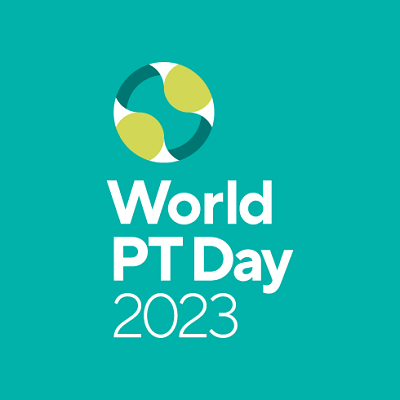The human body, a marvel of biological engineering, is designed to move. Movement is intrinsic to our very existence, from accomplishing daily tasks to expressing ourselves in myriad forms such as dance, sports, and other physical activities. But what happens when, due to an injury, illness, or aging, these movements become restricted or painful? This is where the pivotal role of physical therapy comes into play. Each year, on September 8th, we celebrate World Physical Therapy Day, a day dedicated to bringing awareness to the critical role physical therapists play in restoring and enhancing our movements. As we commemorate this important day, let's delve into its origins, significance, and the vital role of physical therapy in healthcare.

World Physical Therapy Day was established by the World Confederation for Physical Therapy (now known as World Physiotherapy) in 1996. This international organization represents physical therapists and their efforts to revitalize and rejuvenate the lives of people impacted by physical impairments. The choice of September 8th is symbolic, aligning with the founding date of the organization in 1951. The day seeks to foster community awareness and appreciation for the work done by physical therapists globally.
Physical therapy, a dynamic profession characterized by evidence-informed practices, offers rehabilitative and preventive solutions to a wide array of health issues. Physical therapists are equipped with the knowledge and skills to improve mobility, relieve pain, and facilitate the overall betterment of life quality. From rehabilitating an athlete with a sports injury to aiding in the recovery journey of a stroke survivor, the scope of physical therapy is broad and incredibly vital.
On World Physical Therapy Day, the efforts of these healthcare heroes are brought to the forefront. However, the celebration transcends the confines of clinics and hospitals. It serves as an educational platform where communities are enlightened on the numerous benefits of physical therapy. Events and campaigns orchestrated on this day often emphasize the preventive aspect of physical therapy, illustrating how it can be a tool for fostering a healthier society.
In recent years, the collaborative role of physical therapy in comprehensive healthcare has gained recognition. Physical therapists often work in multidisciplinary teams, playing an essential role in patient recovery alongside other healthcare professionals. Through individualized care plans, they aid in reducing the burden on healthcare systems, promoting faster recoveries, and minimizing the risk of rehospitalizations.
(Know more about DongPin Treatment Table: https://treatmenttablefactory.com/treatment-tables/)
An integral part of World Physical Therapy Day is showcasing real-life stories of recovery and triumph, which serve as beacons of hope and inspiration. These narratives often highlight the personalized approach adopted in physical therapy, where treatment plans are tailored to meet the unique needs and goals of each patient.
The field of physical therapy has not remained static. It is continually evolving, with innovations and research paving the way for more effective treatments. Tele-rehabilitation, virtual reality, and the integration of technology have revolutionized the delivery of physical therapy services, making it more accessible and efficient.
As we approach World Physical Therapy Day, it is an opportune time to reflect on how we, as individuals and communities, can support and participate in this global movement. Whether it is by spreading awareness, attending workshops, or advocating for policies that support the advancement of physical therapy, every effort counts.
As we commemorate World Physical Therapy Day, let us toast to healthier movements, to the professionals who guide us in regaining our stride, and to a world where the joys of unhindered movement are accessible to all. Let us celebrate the undying spirit of physical therapists who, with skill and compassion, help weave stories of recovery, resilience, and hope, one patient at a time.